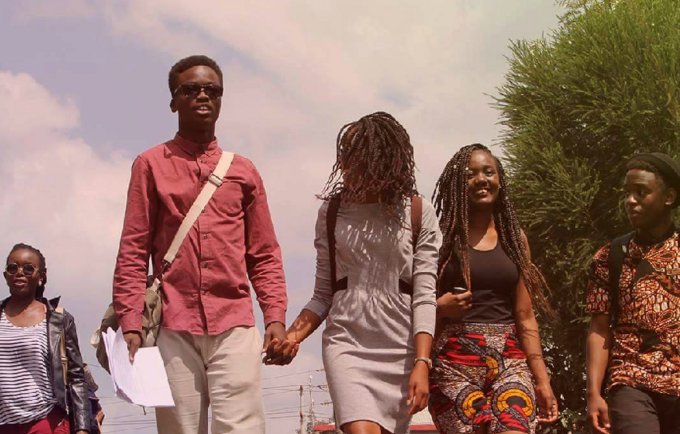Adolescents and youth are a critical constituency to UNFPA as demonstrated in the organization’s mission of delivering a world where every young person’s potential is fulfilled.
Indeed, young people continue to hold the key to the current and future aspirations of nations across the globe. Their centrality to the development agenda is evident in today’s global, regional and national policies and strategies. Further, the very fact that a quarter of the world’s population (1.8 billion) is made up of adolescents and youth, with countries like Kenya having over 75% of their population being below the age of 35, makes the case for the need to invest in adolescents and youth. Appropriate investments in young people’s education, health, empowerment and employment is not only a matter of equity but the surest way to realize sustainable development and reap the demographic dividend.
While evidence continues to point to the criticality of investing in young people, challenges still stand in the way of young people realizing their full potential. Adolescents in Kenya experience numerous huddles in their growth and development cycles, which require special attention of all to ensure that they effectively transition to adulthood and realize their full potential. This population is more often than not vulnerable to sexual and gender-based violence (SGBV), teenage pregnancy, HIV and AIDS, and harmful practices such as FGM and child marriages. Some of these challenges affect the education and health of an entire generation, adding to the cycle of poverty. It often results in a lifetime of missed opportunities for education and decent livelihoods, particularly among girls, and this lost opportunity limits the country’s ability to reap the demographic dividend.
Teenage pregnancies, for instance, continue to pose a significant challenge in Kenya, and this calls for immediate concerted attention by all stakeholders. According to the Kenya Demographic and Health Survey (KDHS) 2022, 15% of adolescent girls aged 15 to 19 have ever been pregnant, with over 250,000 adolescent pregnancies being recorded in health facilities every year. The Kenya HIV Estimates 2023 further estimates that 41% of new adult HIV infections were amongst adolescents and young people (15-24 years).
These challenges have multiple driving factors including behavioral factors such as early sexual debut; limited access to sexual and reproductive health information; unresponsiveness of sexual and reproductive health services to the unique needs of young people; Gender Based Violence; poverty and associated vulnerabilities; challenges in access to formal education and in particular transition and retention rates and harmful practices such as FGM and child marriages.
What we do in Kenya
UNFPA has continued to work with the Government of Kenya, young people, civil society organizations, and development partners to change the narrative around adolescents and youth and bring out a positive youth story that matches the outstanding drive and innovative power of the Kenyan youth.
We specifically design and implement innovative programmes that ensure that adolescents and youth are empowered and have the agency to make informed decisions about their Sexual and Reproductive Health and Rights (SRHR) and to participate in relevant decision-making about their well-being. We also support strengthening the healthcare system to ensure that it is friendly and responsive to the unique needs of young people and leverage strategic partnerships with private and public sector players to link young people to economic opportunities.
Under the 2022-2025 strategic plan and the 10th Country Programme (2022-2026), UNFPA Kenya has prioritized the following interventions targeting adolescents and youth:
- Expansion of leadership spaces and preparedness of young people in their diversity to participate in decision-making and development processes, prioritizing issues related to SRH, HIV, GBV, harmful practices, humanitarian action and peacebuilding
- Operationalization of in-school and out-of-school education for health and well-being
- Support for innovative adolescent and youth-led initiatives aimed at advancing the transformative results
- Strengthening linkages between programmes on SRHR, HIV, GBV and harmful practices and programmes on youth economic empowerment
- Supporting the development of a National Youth Index
Strategic initiatives
- The Adolescent Sexual and Reproductive Health Development Impact Bond (ASRH DIB), a multi-partner innovative financing initiative that seeks to scale up access to SRH and HIV services among vulnerable adolescent girls in high 10 high burden counties in Kenya
- The Joint UN Youth and Adolescent Technical Working Group (TWG), which coordinates youth interventions among UN agencies in Kenya
- The UNFPA Youth Advisory Panel, which is a platform for UNFPA to meaningfully engage with young people in its programming

